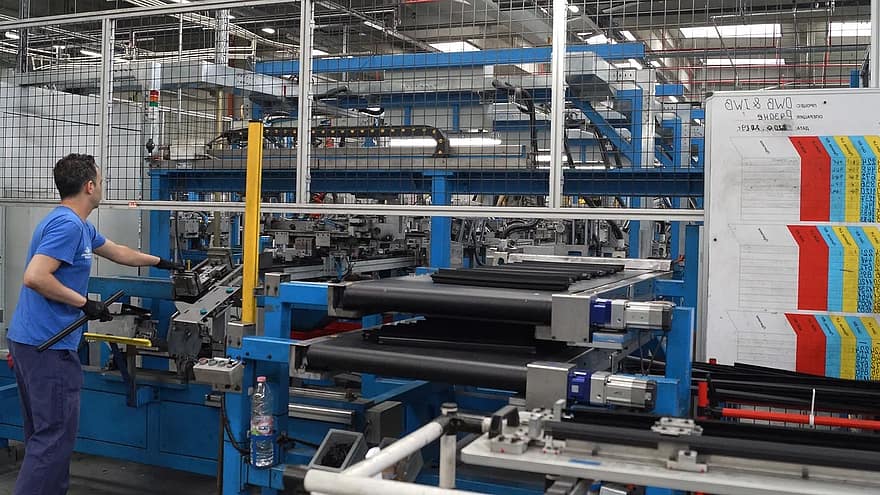An Engineer's Guide to Material Selection for Gaskets
Posted on June 25, 2020 at 02:20 PM

As the engineer in charge of assuring the performance and safety of sealing components, you may be under a lot of pressure to choose the right material for a particular application. You have the crucial role of selecting a material that is suitable for the surrounding environment, can endure the operating temperature and pressure, and is flexible enough to produce a perfect seal before you ever consider installing and testing a new gasket.
History of risky sealants
Commercial and industrial gaskets were routinely made with asbestos-based sheet packing until the 1980s. The excellent temperature resistance, durability, flexibility, and comparatively low cost of asbestos make it suitable for gaskets. Asbestos is now known to cause an estimated 3,000 instances of malignant mesothelioma each year, most of which are caused by work-related exposure.
Microscopic asbestos fibres would be discharged into the air when the sheet packing material was cut, sawed, sanded, or damaged in any manner, producing an extremely dangerous work environment.
Prioritizing the environment
The sealing industry created a new generation of gaskets in response to a pressing demand for asbestos-free gaskets that gave equivalent levels of durability, flexibility, and resistance. These gaskets were available in a number of materials, including:
-elastomeric materials such as nitrile rubber, butyl rubber, and styrene-butadiene
-fibrous materials such as carbon fibre, glass, and cellulose
-metallic materials such as carbon steel, titanium, and aluminium
-other materials such as flexible graphite, mica, and PTFE
Soft (non-metallic), semi-metallic, and metallic gasket materials are all available. Gaskets will vary greatly within these three categories, depending on the intended use and materials utilized. When it comes to selecting the proper material, you must first consider the application for which the gasket will be used:
While one gasket material may function admirably in one application, it may be completely ineffective in another. Some Buna-N gaskets are biodegradable and will dry up or break down over time. Teflon wrapped gaskets may be ideal for a certain use, but once the pressure is removed, the material will stay squeezed and require replacement. Low life expectancies, higher maintenance, and the growing expense of preventative measures are all caused by dry, leaky, deteriorating, or failing gaskets.
Customized Gasket Solutions
There is no shortage of gaskets on the market, ranging from general sealing devices to specialized, application-specific products, but there is a golden rule: Quality comes first, as the cost of a gasket is insignificant when compared to the damage, downtime, or safety risks associated with using a subpar or poorly-matched material.
You may create a gasket that will operate flawlessly in your chosen environment by working with a bespoke composite supplier. For example, maybe you require a material with a lower durometer than typical rubber gaskets, or maybe you need a series of colour-coded gaskets to improve operational efficiency. All of these needs, as well as others, may be met with a bespoke composite.
Globe Composite has been producing gaskets for the US Navy since 1997, with diameters up to 139 inches, utilizing Brandonite® 1200-60A, a polyurethane-based thermoset elastomer. The following characteristics were combined to make this flexible, high-strength, and high-elasticity material:
Our flexible, high strength and extremely elastic material may be utilized to make knit-free and void-free one-piece gaskets or seals of practically any size or shape due to its versatile and liquid-castable characteristics. When compared to traditional compression moulded rubber products, our unique moulding process can significantly reduce tooling costs.
They may be changed to improve (or reduce) certain physical qualities like tensile strength, rebound, durometer, or elongation. Apart from military uses, this mould-resistant, high-performance polymer is ideal for submersible, agricultural, tropical, and water/sewage treatment applications & they are also FDA approved.